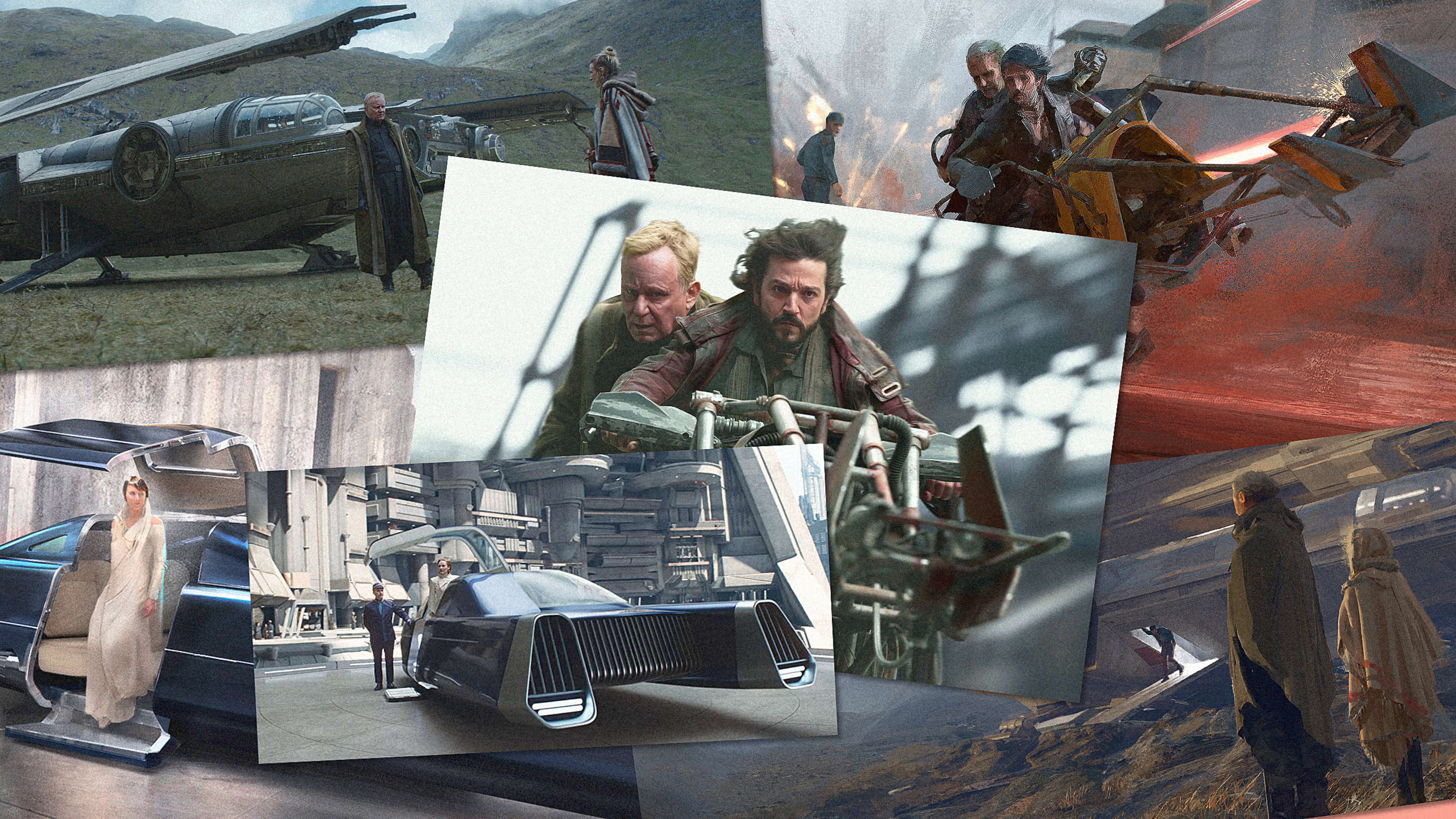“There’s a process of climbing into the aesthetics of any project, big or small,” Tony Gilroy tells me over the phone. Sometimes, it starts with movie references. Other times, it’s a mood board with photographs, sketches, and color palettes. Yet, when it came to Andor, the Star Wars series airing its final episode today, it went well beyond either of these.
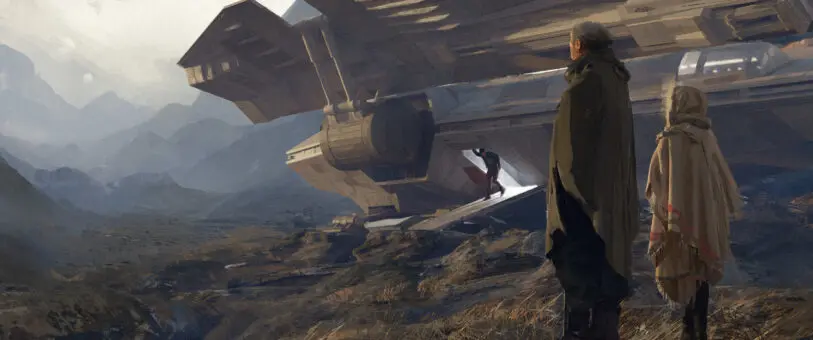
“It was pretty clear that we were going to have to design, but I don’t think I realized we were going to have to design absolutely everything,” Gilroy says. “I never realized before how intrinsically design could be enmeshed with narrative and storytelling.”
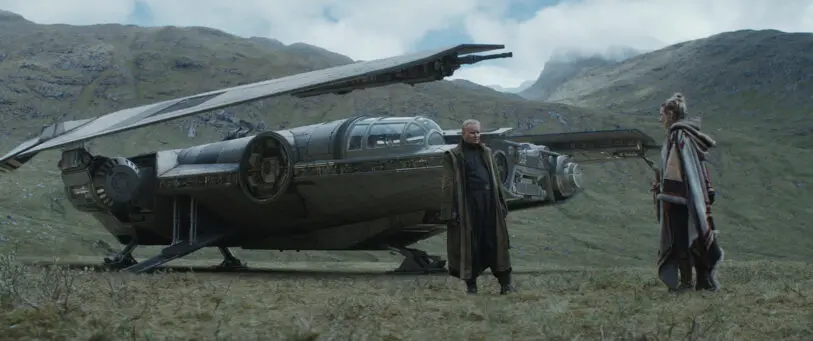
Andor didn’t need to be set in the Star Wars universe to become one of the best prestige shows in recent years, but it doesn’t hurt. The series tells the classic story of a people revolting against their oppressor through the life of Cassian Andor, a scoundrel who eventually becomes an intelligence officer vital to the Rebel Alliance. It’s an effort that you would think to be lofty and idealistic but, like in life, is actually filthy, unscrupulous, and plagued with moral ambiguity and terrible choices.
The episodes unfurl as a twisted game of spies, heists, and politics in which there are no heroes. Andor feels intimate and monumental at the same time, seemingly deeply grounded in our own history even while being fiction from a galaxy far, far away. And beyond the outstanding writing, direction, and performances, it is a work of design in its purest form—a piece of world building that draws viewers into a place that feels intensely real.
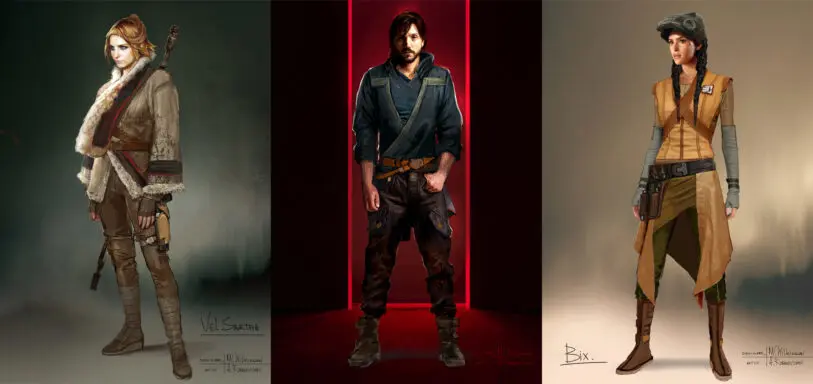
Much of that is due to Gilroy, whose first directive to his crew was to say: “Let’s believe in this place as much as we believe in anything else.” Many prestige dramas aim for that, but few succeed at the level of Andor. A good period drama needs to be faithful to its setting and make it feel real. But in Andor, the role of design is much deeper than looking the part. In the series, every detail serves a purpose for telling the story. And the story shapes the environment, from the costumes to how the locations and sets are designed, executed, and filmed.
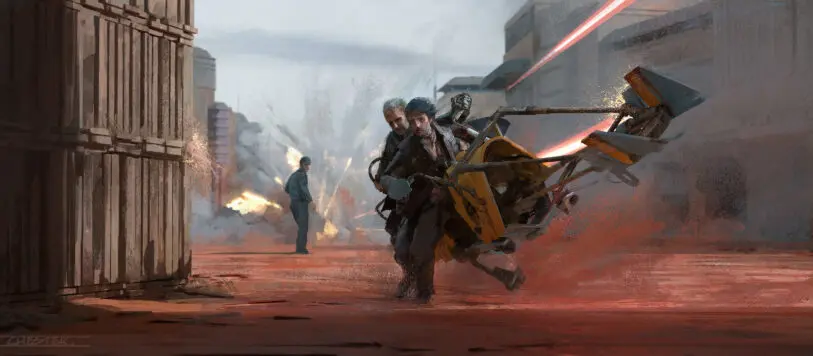
A designer in the writers’ room
Gilroy worked with his brother Danny and Beau Willimon (showrunner and writer for House of Cards) to “beat the story out, find the missing pieces, and the flow of it,” as Gilroy describes. In an uncommon move, Gilroy also brought production designer Luke Hull and executive producer Sanne Wohlenberg into the writers room for the duration of the script-writing process.
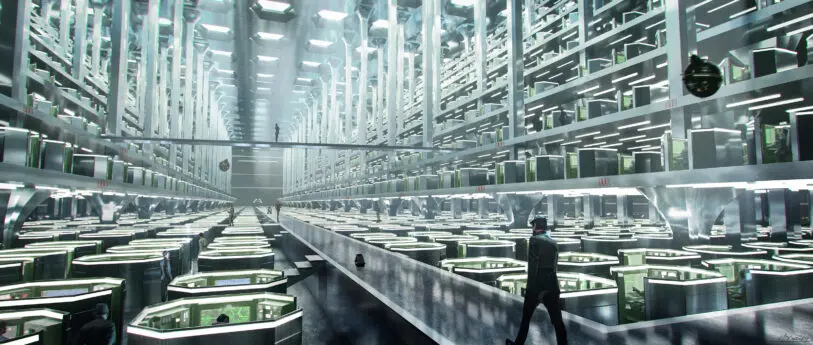
Hull helped shape the series’ visual storytelling even before there was a room to speak of. Hull joined Andor just a few months after Gilroy first began jotting down ideas for the series. “I worked with him for four months—just Luke and me—before we ever brought anybody else in,” Gilroy recalls. By the time they established the series’ writers room, they had already spent a long time building, designing, and trying to figure out how many environments they could afford to pay for.
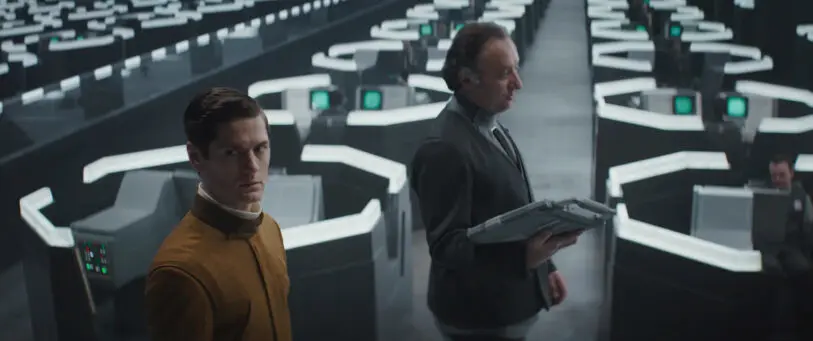
The design choices shaped the narrative as much as the main character’s story arc. Hull would sketch something up immediately, and Wohlenberg would participate both creatively and with budget constraints. “I’ve never had that experience before,” Gilroy says. “We couldn’t do it another way.”

Hull says much of this arrangement was forced by Gilroy’s intricate writing style. “Every space has to have a reason, has to tell a story, has to have a context,” he says. The home of Andor’s mother, Marvaa, for example, was designed to look like it had been neglected. “You want to feel that she’s slightly lost her touch of home because she’s lost her husband, and things have gotten on top of her,” Hull says. “We had endless conversations about every set, and they were always character-led.”
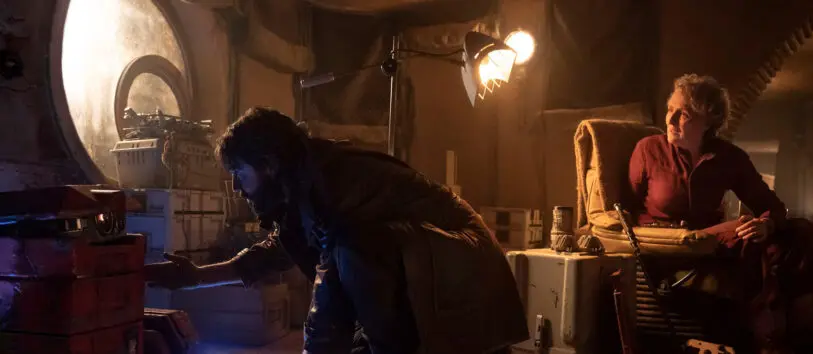
Michael Wilkinson, the series’ costume designer, agrees. “Our rules were that the costume choices had to be practical and character driven, not ornamental,” he says. “Tony writes such fascinating, well-rounded, psychologically complex characters—the costumes had to be an integral part of [them].”
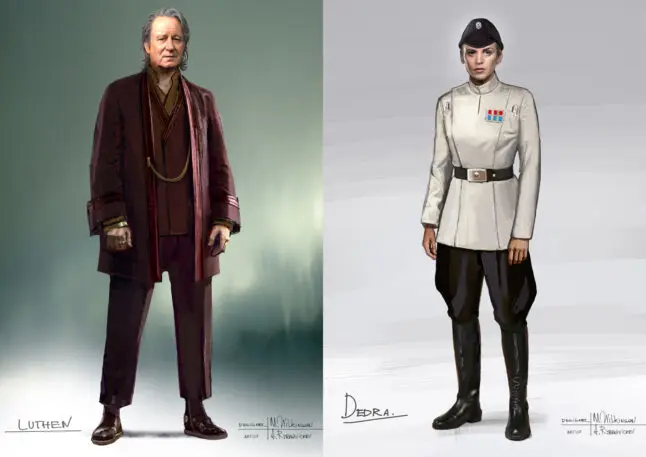
Peeling the onion
In Andor, the design has many levels, each adding a layer of information to the storyline and the characters. “One level of design is the stuff that people would normally associate with design,” Gilroy says. “What does a cup and a spoon look like? What should a toaster look like? We haven’t seen a bodega or a bathroom before. Those things are the industrial design aspect—the tactile part of [these worlds].” But Gilroy says the deeper he and his team dove into the physical design of the show, the more they realized that they needed to go beyond it. “We wanted to make it a culturally, ethnographically real place,” he says.
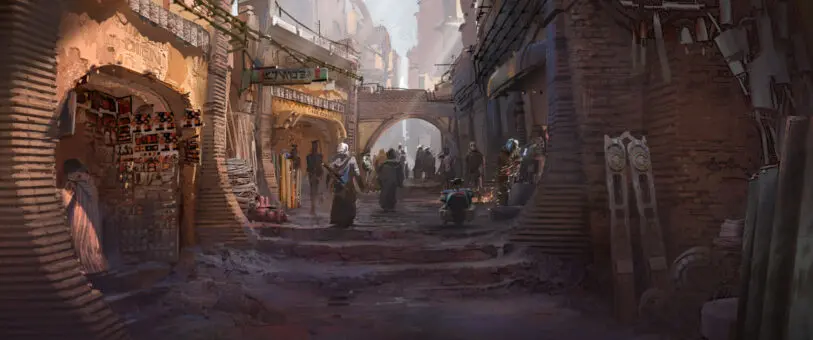
These details shine in the first episode, which takes place on a planet called Ferrix, in a small city made of bricks. The set—actually built from scratch on a back lot in England—feels like a real location in a miner’s town somewhere in Britain or the north of Spain. In a fleeting shot, viewers see a building with a massive door, which Gilroy calls the Grapplers Hall. “There’s a huge union hall where all the big people come out, and they go to work,” he says. “As they come out, you can see this whole wall of gloves.”
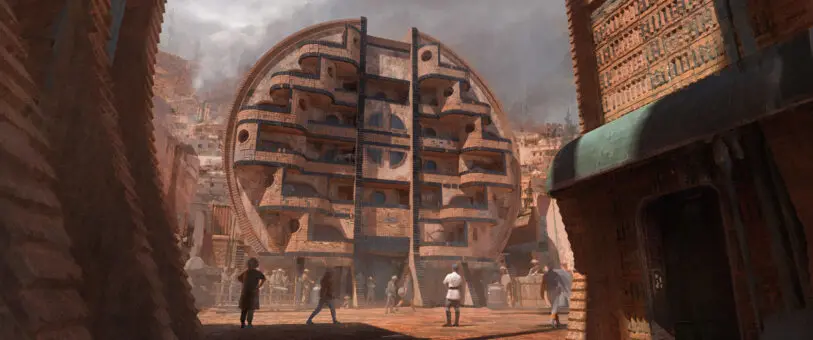
To the average person, the gloves might not mean much. But Gilroy explains that this sequence defines the characters’ history, their baggage, the weight that they carry on their shoulders, all without saying a word. “I had that idea in the beginning, and it’s just like your father probably had his gloves up there, and when he passed away, you got his spot. Or maybe someone else gave you their spot over here,” he explains. “That little thrown-away piece of business . . . begins a whole affection. And it allows us to fall in love with this place and really care about it.”
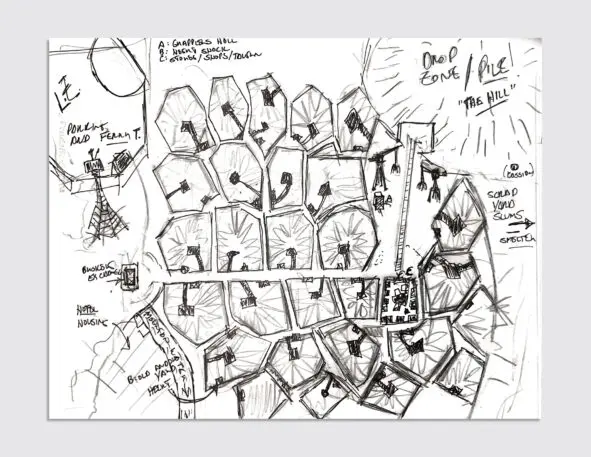
Ferrix was one of the first settings that came into Gilroy’s mind. It’s where Andor and his mom live—and that relationship sets the protagonist’s story arc for the entire season. “I had a crude drawing; a childish map that I made in my mind to make [the story] work. I sent that to Luke, and then Luke built it,” Gilroy says.
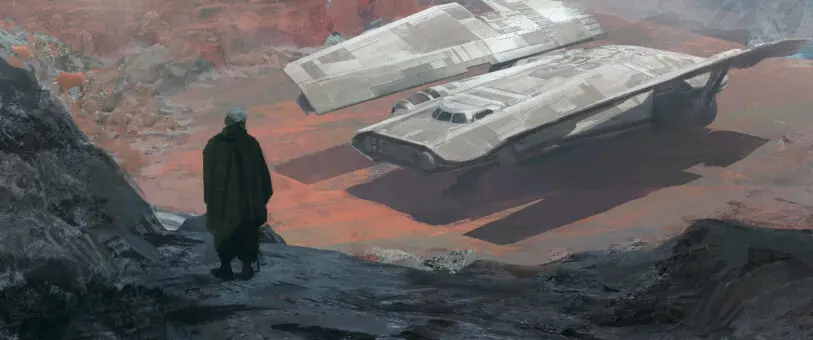
Less is more
Despite the expansive behind-the-scenes efforts, the series feels surprisingly contained. Its production design is truly spartan by comparison to many big budget films and series—including much of Star Wars itself—in which everything appears to be designed to sell you Lego sets. As Wilkinson points out, there’s nothing gratuitous about Andor’s design: “When you sign on to design a Star Wars project, there’s a temptation to do something crazy, eye-catching, and iconic,” he says. “We had to put all of that aside and just really think about the storytelling.”
In Andor, form always follows function. Like a Dieter Rams design, the show embraces a “less is more” motto and a very strict set rules that keep the design in service to a clear purpose. This ethos extends to nearly every aspect of the series, including the visual effects and audio. “If the sound isn’t contributing to the scene, then get rid of it,” says sound editor David Accord. “If it isn’t part of what we’re trying to say, it isn’t part of the story.”
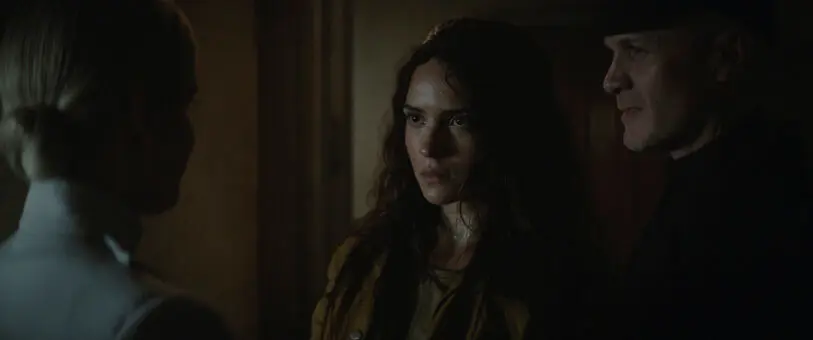
This was such an intrinsic part of the project’s ethos that even silence was designed. The absence of sound itself became a tool to make the viewer feel “as alone, scared, and vulnerable as the characters can feel,” Accord explains. In one scene, a character is tortured by agents of the Imperial Security Bureau, the Gestapo-meets-SS service that tries to hunt down the rebels. The torturer slips headphones onto the head of his prisoner and tells her the sound she’s about to hear. His description is barbaric, but when he starts playing the noise, viewers can’t hear anything but silence. You can’t hear the sound as it penetrates the prisoner’s eardrums, but her face changes into a mix of deep sadness and horror. “That’s the quintessential use of silence in the show,” Accord says.
That analog feeling
In many ways, the deck was stacked against the series from the start when it came to designing a compelling world. It had to deal with a universe that already existed—that someone else had imagined. Some planets, like Coruscant, the capital of the Empire, had a distinct look imprinted by George Lucas in the Star Wars sequels. It was shiny and sleek, a place full of artifice, blinding light, and overwhelming bells and whistles that didn’t feel more real than a PlayStation 3 game.
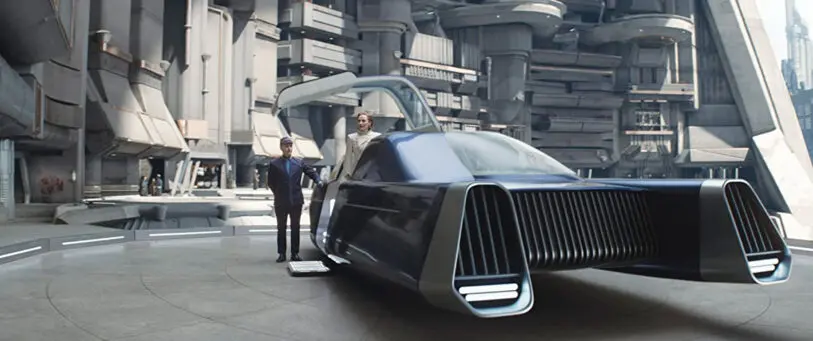
In Andor, Coruscant couldn’t break completely with that image, so the team chose to offer a ground-level perspective to a global megalopolis that ran miles deep into the planet’s crust. This decision gave Gilroy and his team the opportunity to abandon Lucas’ fluffy 3D models—inserted through chroma green screens—to create environments that made sense.
Andor‘s Coruscant feels like a real world that you could actually inhabit. Here, people actually walked from place to place rather than flying in cars all the time. There are hidden places, alleys, industrial installations, and elevators that run vertically, seemingly following labyrinthine routes. They used 3D, yes, but only to extend physical sets and real locations—like brutalist icon Brunswick Centre in London. At the end, they turned the unrealistic heaven of the old Galactic Republic into a monumental concrete urban scape seemingly designed by Albert Speer. In doing so, they infused it with an oppressive realism you believe at first sight.
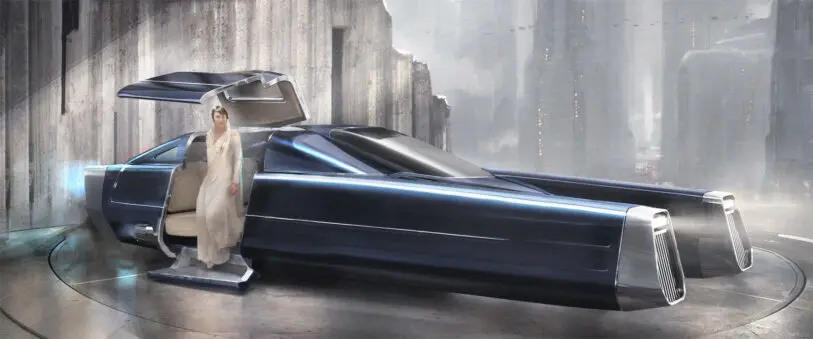
Andor feels more like the classic 1977 Star Wars than any modern film or series. In fact, the series itself—which happens in the years prior to the events in the original movie—recaptures not only that aesthetic, but also its analog nature.
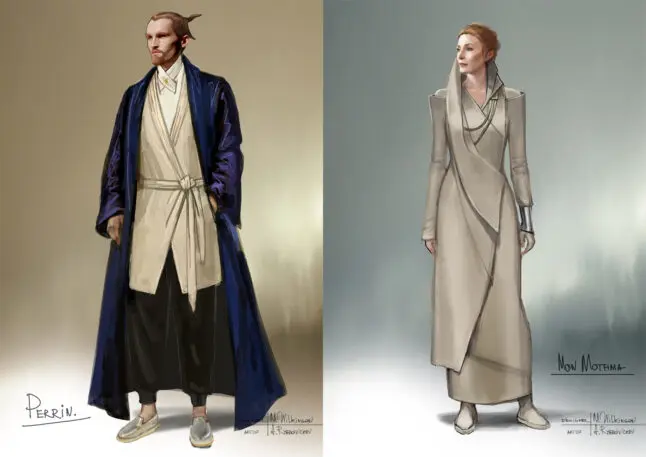
There’s no lack of special effects in Andor, and some of them are truly awe-inspiring in their design and execution. But according to Andor visual effects producer TJ Falls, the effects were used exactly where they were needed and are executed with the sharpness of a laser. Even though Andor‘s team has any tool they needed at their service, Falls says they wanted to make it feel solid. like the original movie or Empire Strikes Back felt.
This is one of the reasons they chose to largely use locations and build real sets rather than using Stagecraft, the virtual environment made of giant digital screens used in series like The Mandalorian. “There’s a number of different ways that you can approach effects in any particular show, and it was very instrumental in Tony’s vision from the very beginning that he wanted it very grounded,” Falls says. “He wanted it very real.”
Gilroy says his approach to creating the show itself was also anchored in the ’70s. “The reason I love [’70s films] so much is that you had all this muscular filmmaking,” he tells me. “You had all these accomplished filmmakers with these really interesting ideas happening at the same time. It was sort of a convergence of mad ideas and experiential filmmaking before those two things got separated into independent and commercial cinema.”
Watching Andor, it’s clear that Gilroy loves that cinema. Andor is the work of someone who is devoted to storytelling, and who imprints that mission in every aspect of the filmmaking process, not unlike Stanley Kubrick, Martin Scorsese, or Francis Ford Coppola did decades ago. The production design and precise execution are the engine of Andor’s storytelling. It’s the power that lets the show’s dramatic moments shine with extraordinary force and shapes the characters that inhabit the world Gilroy and his crew created.
Recognize your brand’s excellence by applying to this year’s Brands That Matter Awards before the early-rate deadline, May 3.
